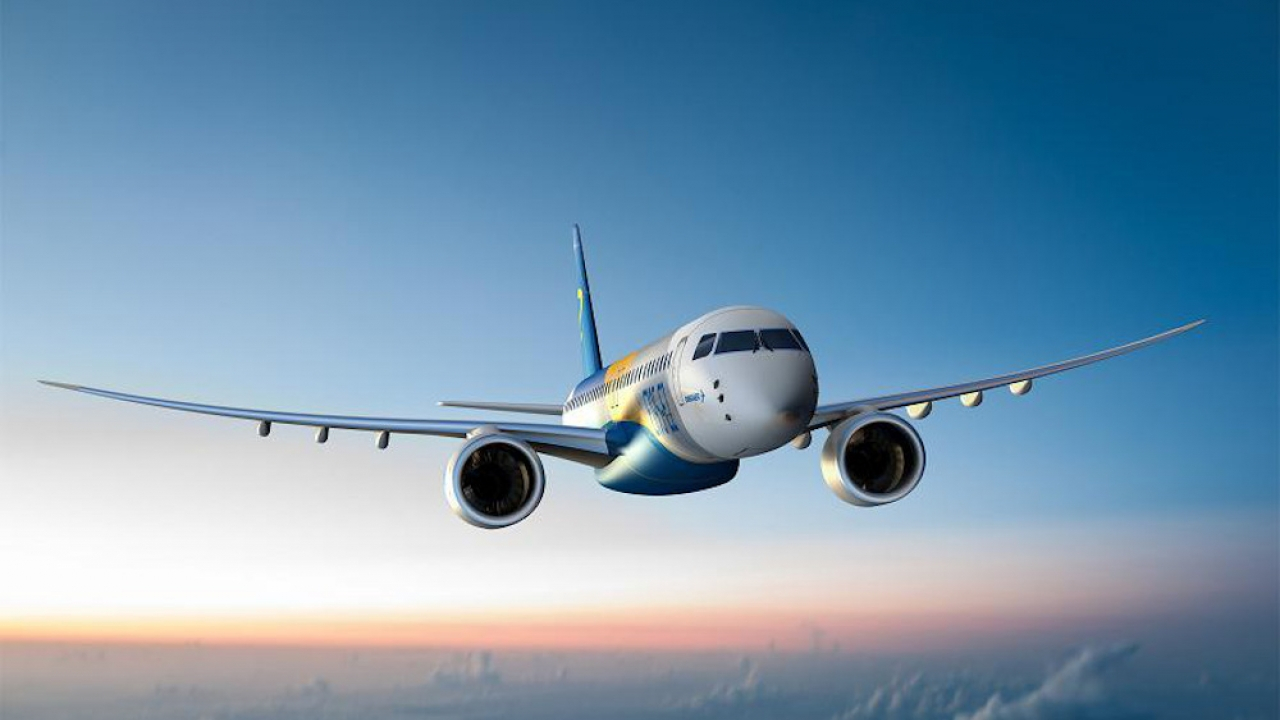Boeing halts Dreamliner fuselage production

Boeing confirmed Friday that in June it instructed Alenia Aeronautica to stop making fuselage sections for the aircraft after small wrinkles were discovered in the carbon composite skin that covers them, reported The New York Times.
Howard Rubel, an analyst at Jefferies & Company, said Alenia had a lot of experience with composite materials, and the latest problem sounded “more like a question of sloppiness”.
But, he said, “You kind of look at the issues with the plane, and you say, ‘When is this going to stop being a problem?’ ”
The order to stop production came the same day Boeing announced that the 787’s first flight would be delayed indefinitely to fix a structural flaw where the wings join the fuselage.
A spokeswoman, Lori Gunter, said Friday that Boeing had created a patch to fix the wrinkling problem on the mid-fuselage section. She said the company had not disclosed the problem in June because it was not expected to affect the plane’s overall cost or production schedule.
But stock analysts said the problem would undoubtedly add to the nervousness about whether other flaws would surface with the plane, which is considered crucial to Boeing’s future.
Even though the company says it has identified a fix for the structural problem involving the wings, it has not announced a new date for the first flight test.
The plane is already two years behind its original schedule.
The problems with the wrinkling on the fuselage skin were first disclosed on Thursday by the FlightBlogger Web site. It quoted the stop-work order that Boeing issued to Alenia on June 23 as saying that the problems could “lead to significant degradation of the structure”.
Gunter, the Boeing spokeswoman, said the problem would be fixed with external patches, which would have to be applied to the first 23 planes.
She also said that while Alenia had not started any new mid-fuselage sections, it was continuing other work under its contract.
Boeing has outsourced much more of the production work on the 787 than on previous planes, to both American and foreign suppliers.
“So there’s an awful lot that we still don’t know about where things stand,” Richard Aboulafia, an analyst with the Teal Group, said.
Stay up to date
Subscribe to the free Times Aerospace newsletter and receive the latest content every week. We'll never share your email address.

